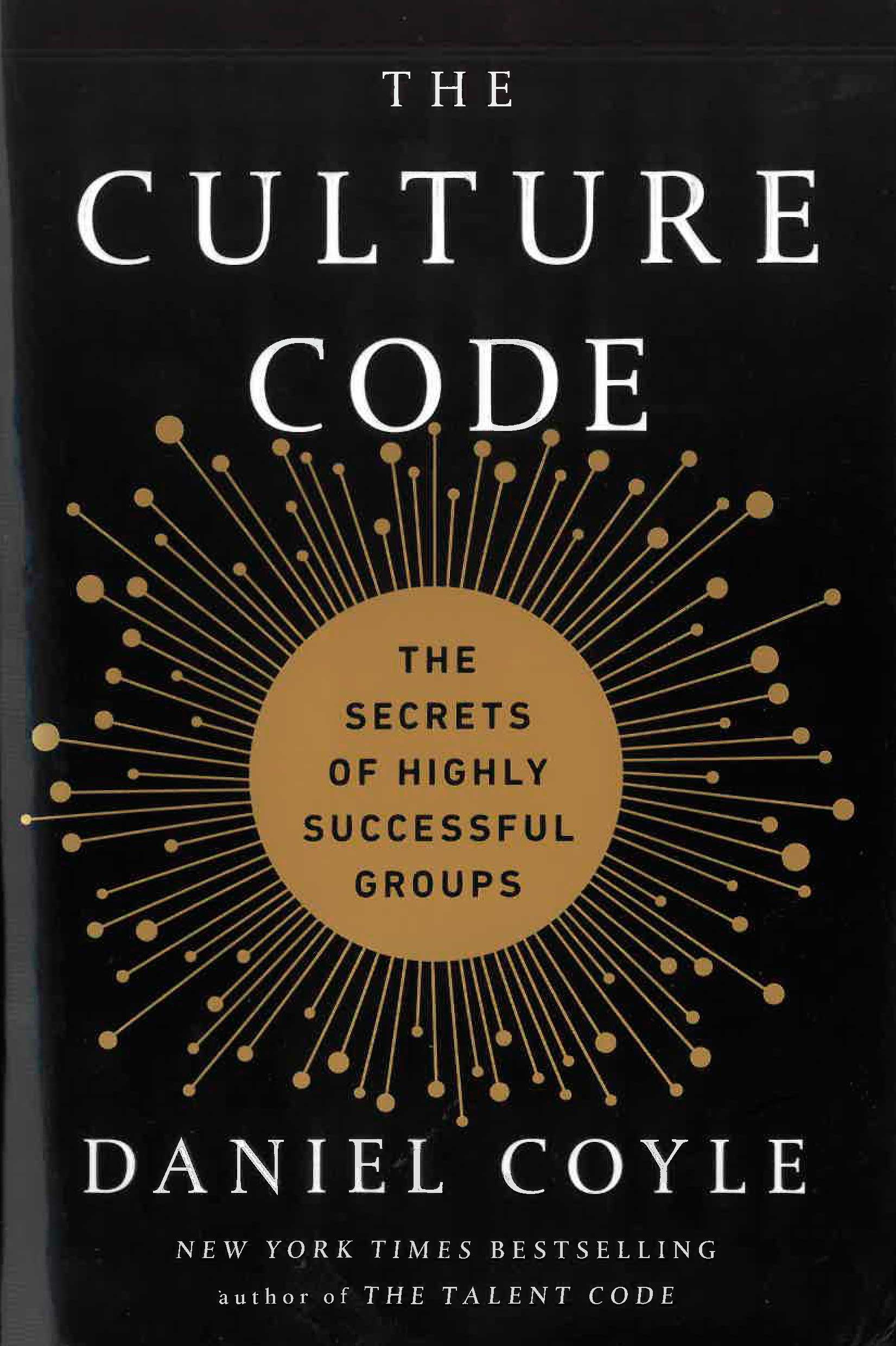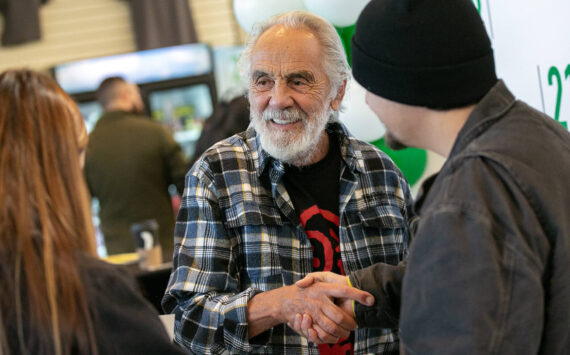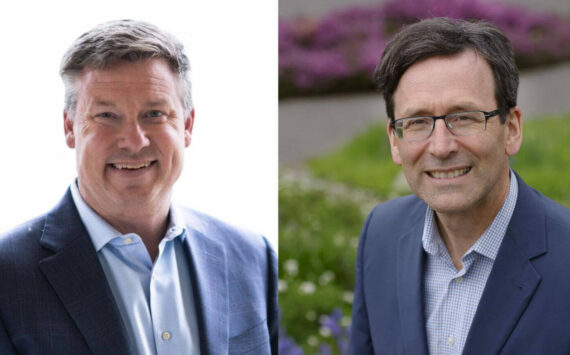By Morf Morford
Tacoma Daily Index
Ever wonder why some work groups seem to hum along, generate energy and have a high degree of engagement and commitment while other groups seem to never gain momentum and have high turnover and low morale?
The Culture Code: The secrets of highly successful groups by Daniel Coyle (Bantam Books, 2018) looks at these dynamics and gives us insight into how, but not always why, some groups, from jazz bands to jewel thieves, far excel the potential of any “leader” or “genius” in the group.
Group cohesion, if not inspiration, does not come from a formula or “system” and it is lost easily – and it sometimes emerges semi-accidently.
Several years ago we heard about horse whisperers – even dog or baby whisperers – those who, seemingly without much effort, and usually with minimal training or even official authority, get on the same wavelength or somehow see beyond the obvious and into the nebulous world of motivation and connection that lies beneath words and established lines of authority and predictable processes.
There have been many articles and profiles of disengaged workers (https://www.entrepreneur.com/article/234436) and their cost to a business and their throttling of productivity and innovation.
But where does innovation, engagement if not inspiration, come from?
Every company, perhaps every neighborhood, and even every nation has its own culture – and as Coyle reminds us, “culture” comes from the word “care.” That, in essence, is the premise of this book; caring is what makes a difference. Tangible caring makes the difference between a flourishing community or business and a business or community that drifts along or even flounders.
Coyle’s first premise of a solid group is an atmosphere of safety – is your office a place where ideas, objections, or even mistakes can be aired without real or implied censorship or retribution?
If you want to succeed, innovate, or in the case of SEALs, actually survive, you better go out of your way to create such an environment.


The common themes of successful groups across categories were these;
* Close physical proximity
* Profuse amounts of eye contact
* Physical touch (handshakes, fistbumps or hugs)
* Lots of short high energy exchanges – no long speeches or meetings
* High levels of mixing – everyone talks to everyone
* Few interruptions
* Lots of questions
* Intensive, active listening
* Humor, laughter
* Small, near constant, attentive courtesies that demonstrate appreciation
Some key questions lived out by successful organizations are; Are we connected? Do we share a future? Are we safe?
If we know that we belong, are safe and have a positive future in common, Coyle might say, anything is possible. The permutations are endless and across the world, and every context, every era and location – and certainly every personality, creates a different expression of these basic questions.
Dedicated listening is pivotal to success, as is vulnerability- especially from any “official” leader – and many times, as with PIXAR and the SEALs – every voice, every member is part of every decision – no idea, no suggestion, even no objection is held back. Every voice is respected. Trust is implicit – and the goal is larger than any individual, and authority in most cases, is best diffused across all levels of the organization. After all, who knows more about the actual effectiveness of any given process than those who actually use it? Who knows more about what customers really want than those who encounter them every day?
A thriving organization, large or small, flourishes when each member recognizes that the team is much more than the individual, and the larger purpose is far more than the team. Each member is essential, but it is the goal that brings – or even forces – each piece of the puzzle, each member of the team, to work to its highest capacity. Each organization, perhaps even each community, tells and lives out its own story – and it is the story that inspires – and keeps – dedicated – and ever-improving – workers and citizens.
Coyle’s unspoken thesis is that each city, every business, every neighborhood, every nation and even each living human body is more, vastly more, than the sum of its parts, and these entities, at their best, Coyle would say, move and respond to stimuli in a reflexive, nearly organic, non-hierarchical way that defies simple description. Maximum autonomy is at the heart of a thriving, responsive organization whether that be a SEAL team, comedy troupe or football team.
The distinctive feature is the unseen and barely noticeable attitude that infuses every action and certainly every decision. This is the set of defining features – the “why” of any organization.
Coyle would have every business post a sign over perhaps a few statements or bullet points with the phrase “This is what matters!” Individuals, businesses, even nations, sometimes forget what they stand for. An effective motto, slogan or statement of purpose is a reminder, if not call to action, as we face uncertainties, difficulties and challenges.
A business that touches these bases will thrive and prosper, a business that loses its focus and vision will flounder and the best people will be the first to leave.
As I was finishing this book and putting together these notes, I attended a UWT session on creating youth friendly cities (http://www.tacoma.uw.edu/urban-studies-forum/creating-youth-friendly-cities).
The opening session was a panel of eleven students from area high schools. As you might expect, they had some concerns and questions that we, as adults, might consider obvious or naive – but some were astounding in their immediacy and transparency.
Here are just a few of my observations; yes, the internet defines them, but it divides them as much as it unites them, safety and a sense of belonging are continual issues and their most compelling need is for their voices to be heard and respected.
In short, their wavering teenaged voices reflect what we all need and they, like us, struggle to put into words those barely discernible but essential elements that draw us to our highest inspiration and productivity.
The Culture Code: The secrets of highly successful groups by Daniel Coyle (Bantam Books, 2018)








